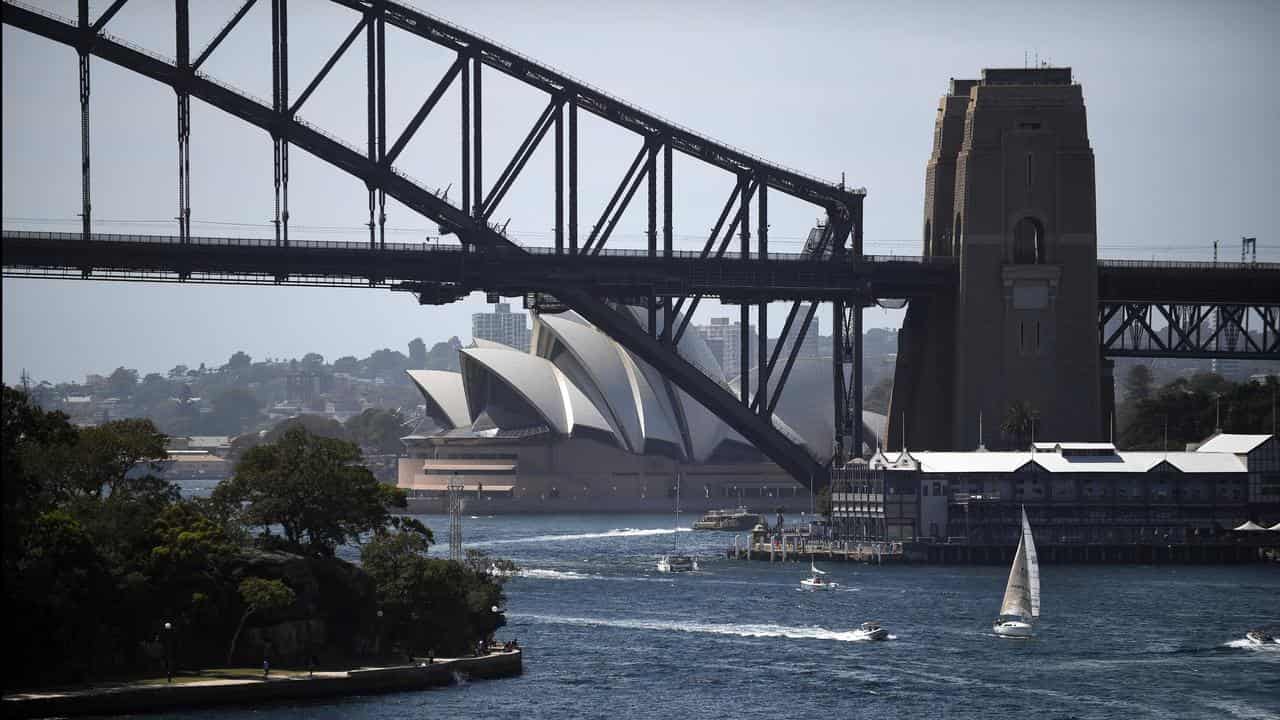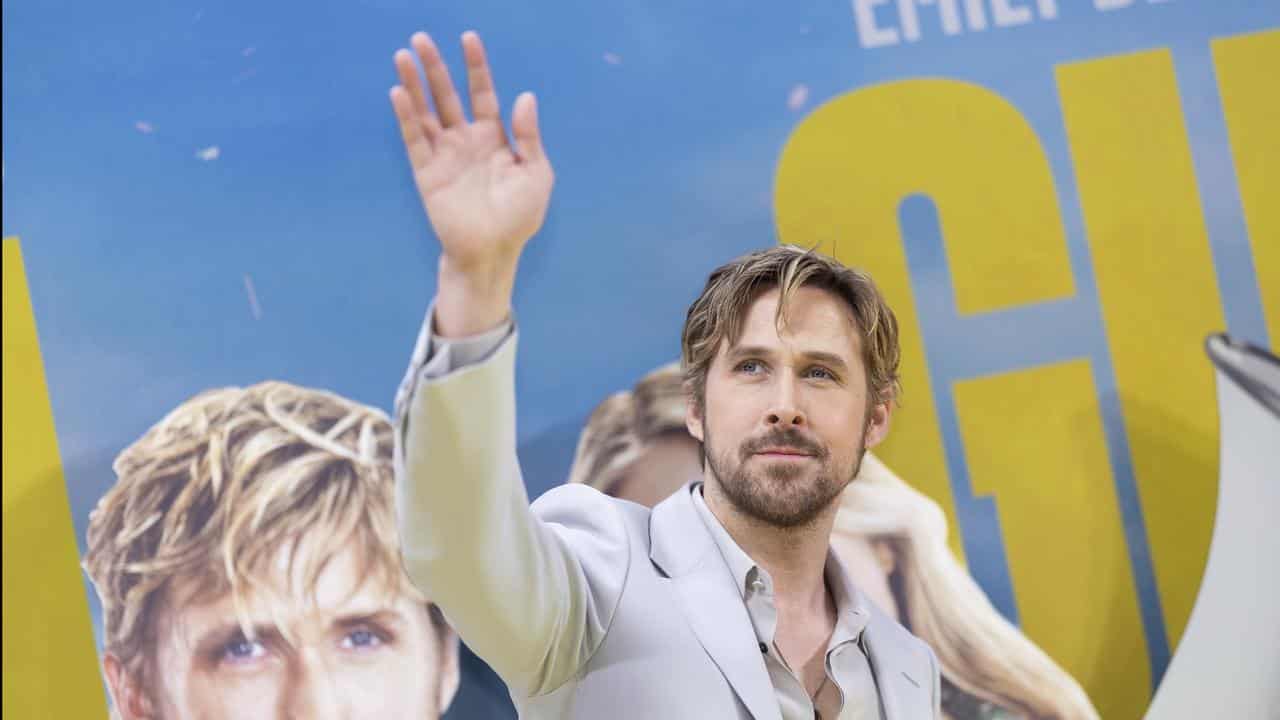
When Hollywood actors say they do their own stunts, Australian stunt co-ordinator Keir Beck is one of the few who knows the truth.
"I've been around plenty that have said they've done their own work and I've been there, so I know the answer to that," Beck told AAP.
"You know what I'm saying? I can't blame them exaggerating, we do cool stuff for them."
Queensland-based Beck was a key part of the stunt team for The Fall Guy, a tribute to under-appreciated stunt performers and the lost arts of some old-school stunts.
Inspired by the 1980s television series of the same name, it stars Ryan Gosling as Colt Seavers, an injured stuntman who finds himself back at work on a big-budget set directed by his ex Jody Moreno, played by Emily Blunt.

Gosling has no fewer than four stunt doubles for the film but he does do some of his own stunts, including fighting baddies while skidding across Sydney Harbour Bridge, using a spade to hang on to a skip bin.
Beck was in the back of the skip truck hidden under a blanket, monitoring a web of ropes and pulley systems controlling the wires attached to the actor to keep him safe.
Shoots like this would usually be done with a blue screen, explains Beck, but the production was committed to real-world stunts with real people - and that meant no fewer than 50 stunt drivers, as well as shutting down the bridge to film eight takes of skip bin madness.
In another sequence filmed on a Sydney beach, stunt driver Logan Holladay managed to break the world record for cannon rolls, rolling a Jeep eight and a half times.
Beck grew up watching The Fall Guy on television and dreaming of being a stunt performer - he got his experience with heights and ropes working as an arborist, and rock climbing and mountaineering.
After bumping into an old school friend working in stunts he resolved to get into the industry himself, and within three weeks found himself working on the set of Pitch Black with Vin Diesel.
That was 26 years ago, when doing stunts involved no small measure of bravado. These days designing stunts is about making things look dangerous but making sure they are extremely safe, he said.
"It probably will be a bit of a let down for an audience to hear this, but stunts aren't as bad or as dangerous as they look, depending on what you're doing," said Beck.
The one caveat to this is getting hit by a car ... which is still getting hit by a car, he said.
While something of a daredevil mindset is still needed, today's stunt performers are more likely to be athletes with highly specific skill sets, such as gymnasts, martial artists, motocross and horse riders.
The worst injury Beck has had on set was an encounter with a metal spike while entangled with a Sentinel on the set of The Matrix (a squid-like machine bent on destroying humans).
When his hydraulic rig malfunctioned, Beck's harness came loose and he crashed into the spike, fracturing part of his sternum. But otherwise there have been no broken bones, just some "really great bruises".
"I don't know how I've done it, but I've slipped through the cracks... either I'm not trying hard enough or I'm just lucky," he said.
Beck’s work with The Fall Guy director David Leitch goes all the way back to The Matrix sequels from the early 2000s, and also includes The Wolverine and Jupiter Ascending.
Although technology, especially CGI, has transformed filmmaking in the decades since The Matrix, Beck is not overly concerned that it could one day mean the end of real life stunt work.
Audiences still want to see real performers doing real stuff, he maintains, and on The Fall Guy there wasn't a green screen in sight.
"Everything was practical, out there in the real world, done with crews, rehearsals and training to execute some pretty phenomenal stunt work," he said.
The Fall Guy is in cinemas.









